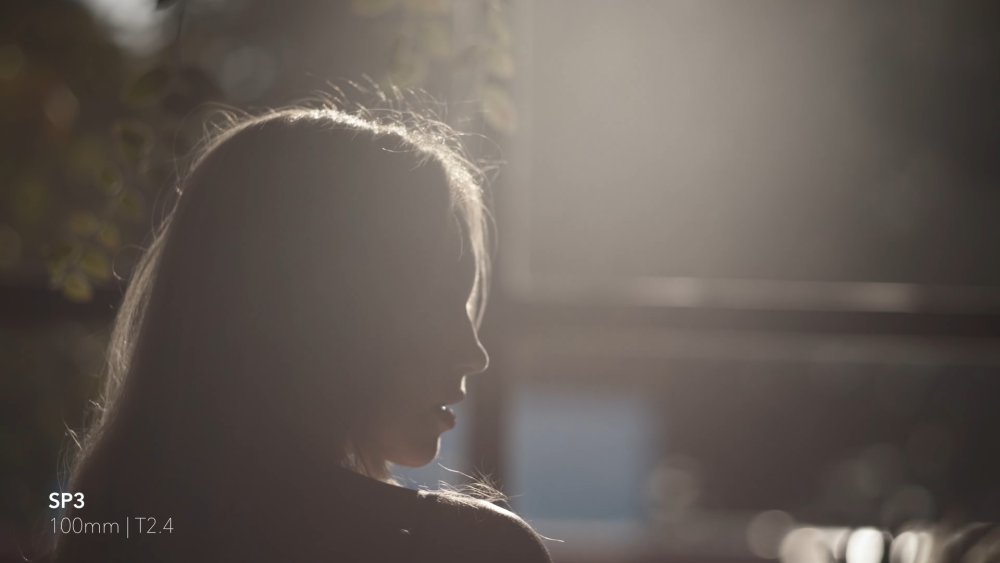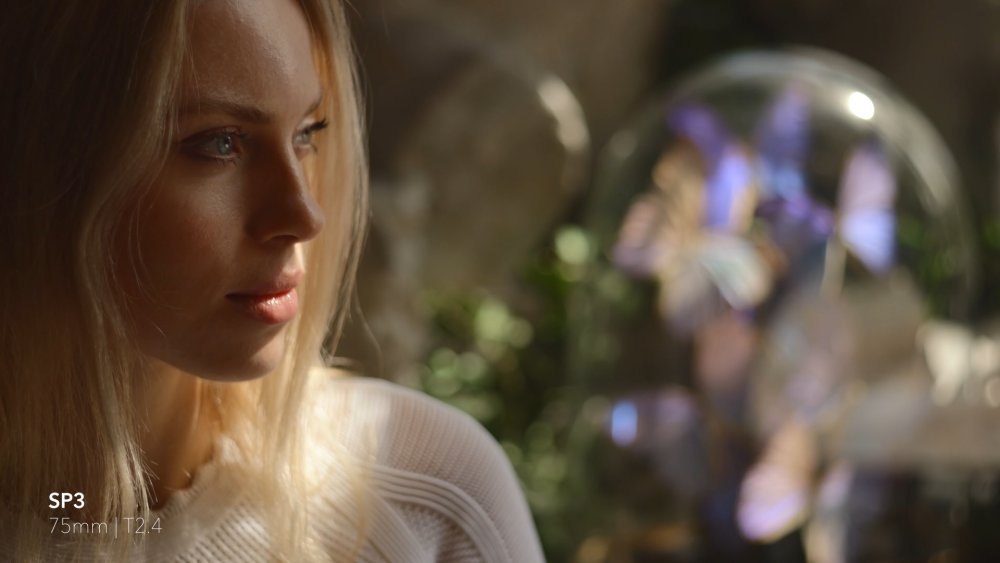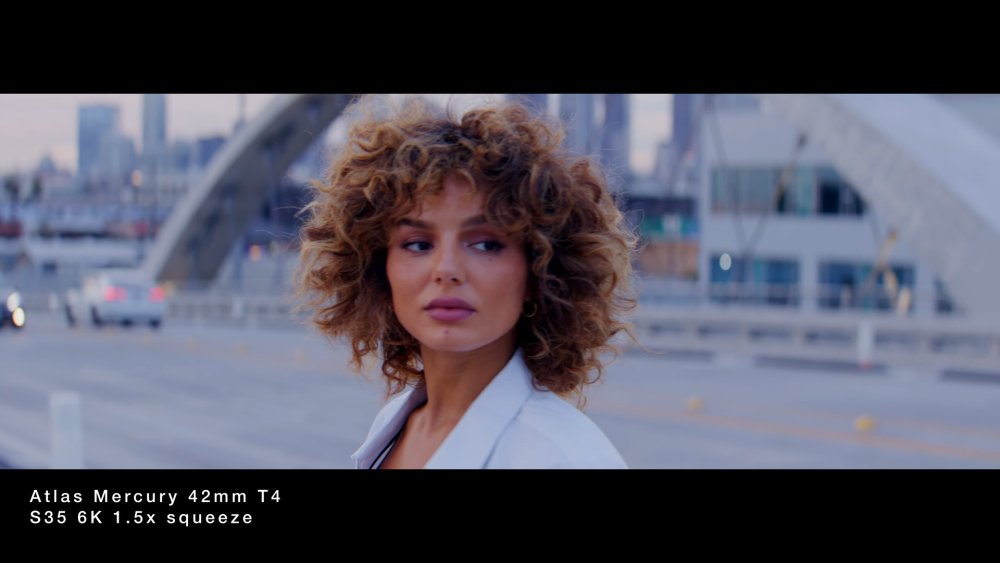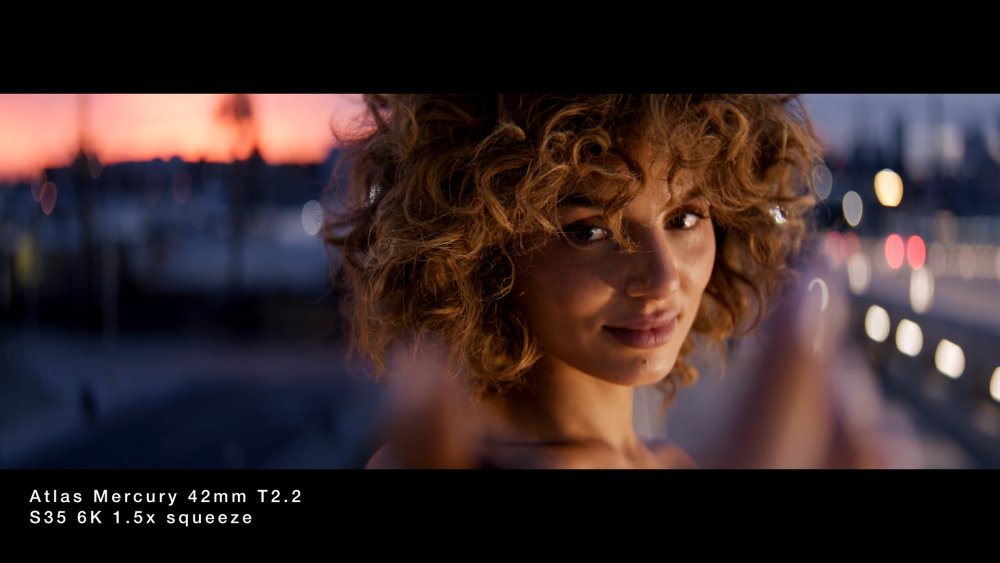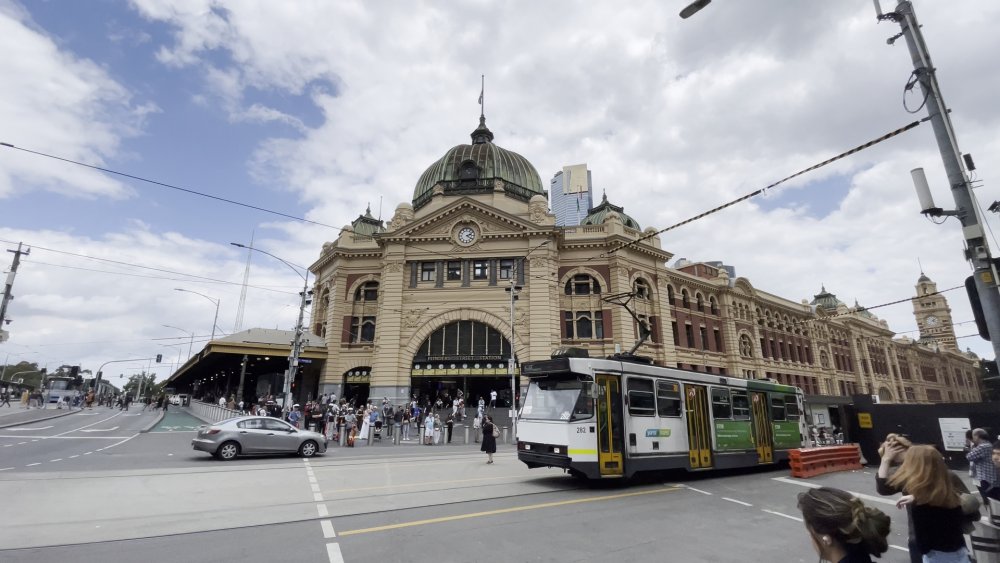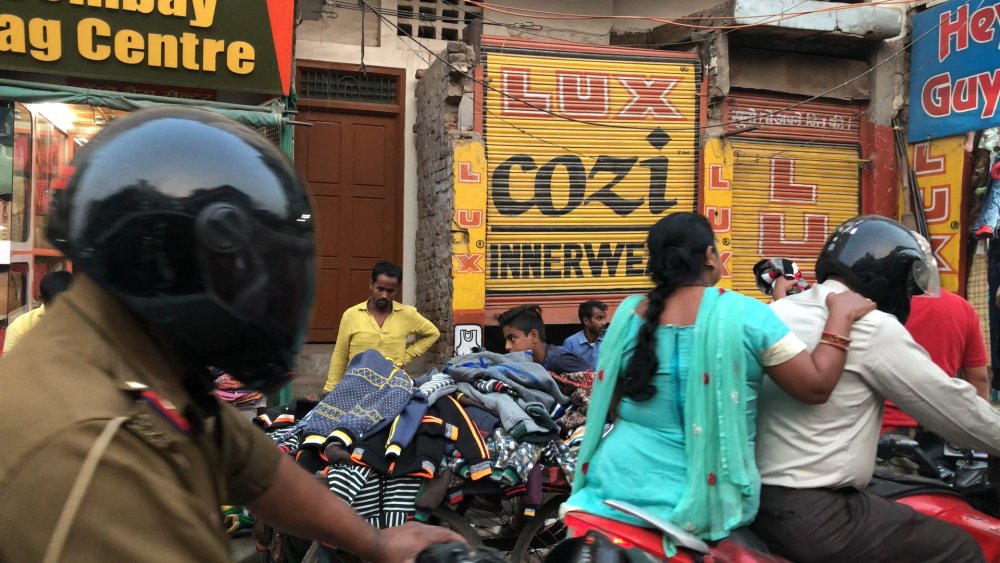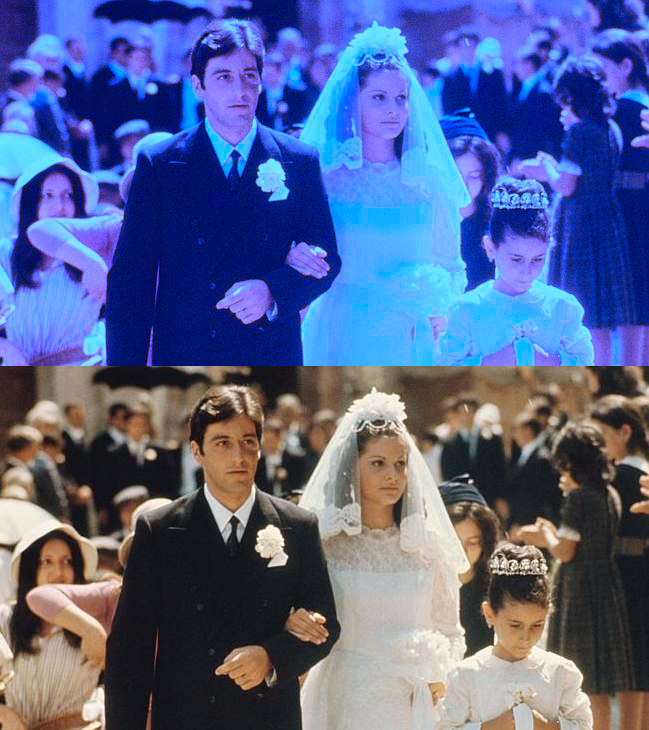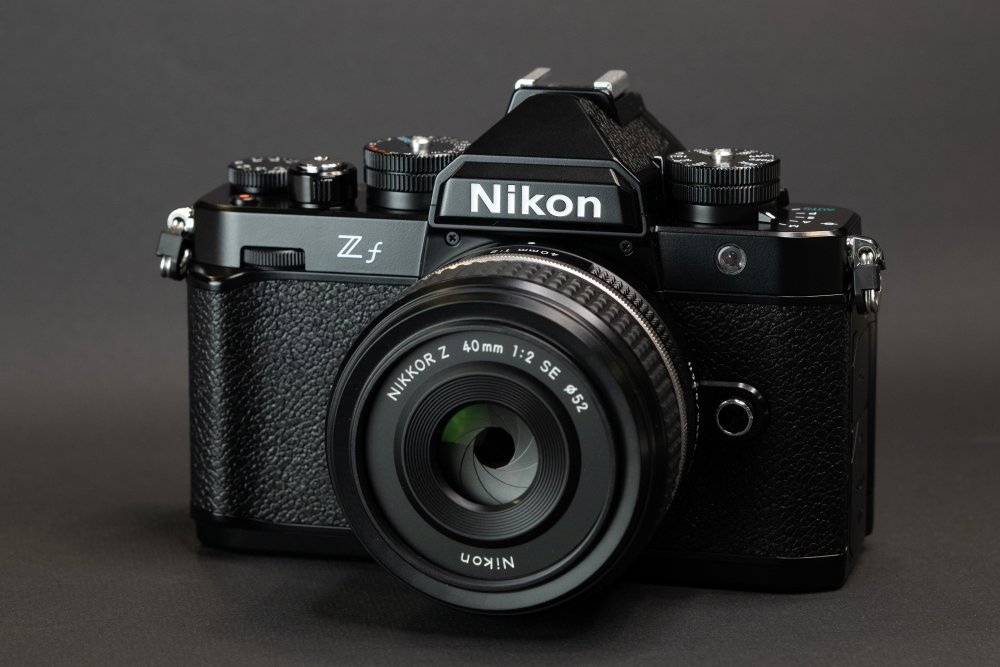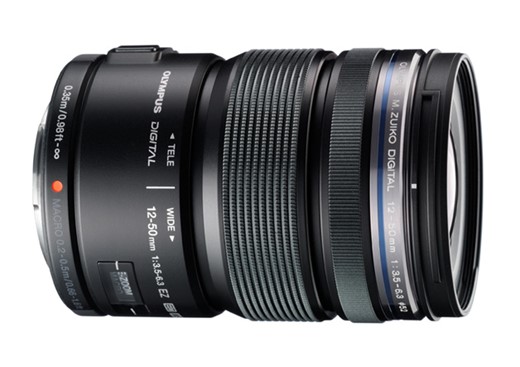Leaderboard
Popular Content
Showing content with the highest reputation on 09/20/2023 in all areas
-
I feel seen ! The last wedding I went to a few months ago had announced a complete ban on posting pictures online and as a consequence no one took any pictures at all, presumably because if they weren't able to post them in semi-real time then they had no value at all. As a consequence, the only person that had any images at all was this old duffer. I tell a lie, there was one person who ignored it which was the groom's sister who took the position that her brother and new sister-in-law aren't exactly Jay Z and Beyonce so there was no embargo with Hello magazine to honour.3 points
-
There is an optimum resolution and sharpness. More is not always better. This is why movies aren't all shot with the highest MTF lenses currently available - DoPs choose the optimal lenses and apertures for the scene / project. However, I shoot with cheap cameras (iPhone, GX85, GH5, etc) which are far too sharp, and look video-ish. Luckily, we can reduce this in post. This thread is me trying to work out: What the range of optimal resolution / sharpnesses are actually out there (from serious professionals, not moronic camera YouTubers or internet forum pedants) What might be a good point to aim for How I might treat iPhone / GX85 / other cheap shitty video-looking footage so it looks the least video it can be These techniques will likely apply to all semi-decent consumer cameras, and should be able to be adjusted to taste. I'm still at the beginning of this journey, and am still working out how to even tackle it, but I thought I'd start with some examples of what we're talking about. Reference stills from the Atlas Lens Co demos from their official YT channel, shot on Komodo and uploaded 6 months ago: (You have to click on these images to expand them, otherwise you're just looking at the forum compression...) Reference stills from the Cooke SP3 demos from the official Cooke YT channel, uploaded 11 days ago: I've deliberately chosen frames that have fine detail (especially fly-away hair lit with a significant contrast to what is behind it), in perfect focus, with zero motion blur. I think this is the most revealing as it tends to be the thing that is right at the limits of the optical system. So, what are we seeing here? We're seeing things in focus, with reasonable fine detail. It doesn't look SHARP, it doesn't look BLURRED, it doesn't look VINTAGE, it doesn't overly look MODERN (to me at least) and doesn't look UNNATURAL. It looks nice, and it definitely looks high quality and makes me want to own the camera/lens combo (!) but it basically looks neutral. But, that's not always the case. This is also from the same Cooke SP3 promo video: The fine detail is gone, despite there being lots of it in the scene. Is this the lens? Is this the post-pipeline? We don't know, but it's a desirable enough image for Cooke (one of the premier cinema lens manufacturers in the world) to put it in their 2.5 minute demo reel on their official main page. It also has a bit more feel than the previous images. Contrast that with these SOOC shots from my iPhone 12 Mini: I mean.... seriously! (If you're not basically dry-wrenching then you haven't opened the image up to view it full-screen.. the compressed in-line images are very tastefully smoothed over by the compression) More: and my X3000 action camera also has this problem: Those with long memories will recall I've been down this road before, but I feel like I have gained enough knowledge to be able to have a decent stab at it this time. We'll see anyway. Follow along if you're open to the idea that more isn't better...2 points
-

Panasonic G9 mk2
Davide DB and one other reacted to fuzzynormal for a topic
Started by buying an EM5 cuz it was small. Then Bought a GX7 cuz it was small. Bought a GM1 cuz it was small. Bought two GH1's cuz they are small. Bought an EM5II cuz it was small. Bought two Gx8's cuz they were small. Bought an EM10iii cuz it was small. Bought GH4's and Gh5's along the way as well. They are not small. I like the smaller cameras better in my hand. Too bad the small cams didn't have the same features/specs. Andrew is onto something by saying there was a missed market there. At least in my world that market exists. Doesn't take too much to wonder if OM can make a run at that market with trying to niche their way through the wildlife photographers. M43 for super long lens stuff is a relatively small kit. (Not the body, however, but the lens) Is it enough to keep the format viable? Probably not, but here's hoping.2 points -
As someone who lives half his life at weddings, I can assure 'you' (ie, folks in general) it is extremely rare to see a guest toting anything resembling a camera at a wedding and it's been that way for quite some years now. I might see the odd 60+ year old guest fumbling with an old DSLR or the occasional hipster with something Fuji flavoured, but otherwise nada, it's wall to wall phones and if they are not taking snaps with them, they are gazing at them for whatever enlightenment they individually receive from these devices.2 points
-

Panasonic G9 mk2
MrSMW and one other reacted to Andrew Reid for a topic
Possibly was a cost cutting thing, but this doesn't make the situation any better, especially given the $1899 G9 II vs $1999 full frame S5 II has not resulted in much of the cost saving being passed onto Micro Four Thirds users. It has to be different. If they need to charge $2k for a camera body then the micro Leica M style idea would do it for me because it's different. When full frame has cannibalised your purpose, you have to try harder to be unique, rather than throwing in the towel and being the same but with a smaller sensor.2 points -
This had definitely be flying under my radar as a rumour so this was an interesting surprise this morning ! I have had the Df since it was launched and it is a fantastic compact D4 and they have finally brought out its mirrorless equivalent. Unlike the Df, which has no video at all, the Zf is very competitively equipped for a camera in its $2000 price range. Key specifications 24MP full-frame BSI CMOS sensor In-body image stabilization rated up to 8EV Dedicated Monochrome mode Up to 14fps continuous shooting (JPEG), 11 fps Raw 'C30' JPEG-only 30fps mode with pre-burst function AF system with tracking and recognition of 9 subject types 4K/60 video from 6K capture with 10-bit N-Log recording 32-shot high-res mode to give 96MP images SD and MicroSD card slots Full details here https://www.nikonusa.com/en/nikon-products/product/mirrorless-cameras/z-f.html1 point
-
After spending far too much time in the G9ii thread bemoaning MFT, I'm now hypocritically looking to buy another MFT lens so after some opinions about this one if anyone here owns it. It caught my eye during the demo from BMD about the new Micro Studio Camera4K as it has power zoom controllable from an ATEM and I will be using it on the exact same camera (and/or Pocket4K) controlled in the exact same way. Power zooms are thin on the ground for most systems but I have the Panasonic 14-42mm and I'm interested in this one for a slightly wider range but also because from what I've seen it is a lot less clunky when zooming than the Panasonic. If anyone is using it in the same capacity with an ATEM controlling it then I'd be very interested to hear your thoughts but if anyone just uses it as a general lens then I'm interested in that as well in particular its longevity. It is likely that I will be getting a reasonably old used one for cheap as I don't want to throw much money at it. This means a bit of a leap of faith as I won't have the ability to test it in the way I'm going to use it and won't easily be able to return it (I'll only briefly be in the country I'm buying it in) so if there are any horror stories regarding zoom motors going rough etc then that would be good to know. I'm also interested in if anyone has used it with a BMD camera (original Pocket or new) if there is a lot of distortion at the wide end that, of course, is not corrected in those cameras. Thanks1 point
-

New Fuji X-S20 (with DCI & UHD 60p plus 6.2K/30P 4:2:2 10-bit internal)
ntblowz reacted to Marcio Kabke Pinheiro for a topic
Talking about the X-S20 itself - since I was a CDAF m43 user before (my first 2 PDAF cameras were the X-T20 and the X-S10), I could be easily impressed, but I'm liking a lot the camera. Must confess, more than I expected. Was in a music festival this weekend. First test (and one of the reasons that compactness and discreetion are top priorities for me): festival stated that "professional cameras" are forbidden. Attached the 55-200mm on the camera, facing down the ThinkTank bag, only the back of the camera visible. Security saw the size of the camera, did not even bother to ask to take a look. 🙂 Shooting music festivals is a scenario that I'm used to - but, again, using m43 cameras. Always got good results, once even was published on the official Franz Ferdinand instagram channel. Face detection with m43 usually could not detect the face from distance, but single point usually worked, and with low light and bad stage lighting I usually switch to manual focus, focus on the mic stand, put the focus a touch farther and get good sharp photos. The X-S20 not only got the faces all the time, but 90% of the time, find the eye of the subject, at 200mm, even with the singer occupying half the frame. With daylight and stage lighting. Never had so many keepers in a concert. And one of the singers and the festival channel already published some of the photos. 🙂 It is another league from the X-S10. Made two videos, but since I recorded in 6.2k 10bit 4:2:2, will need to work with proxies, and I'm still a beginner in Resolve, will need some spare time. Tested with the internal mics in Auto level, could see that the bass is distorted, was a experiment to see the levels needed, but apart from that the sound was good for internal mics (much better than all my GXs and the FZ1000). AF again was getting the eyes 100% of the time, will see the precision at the footage. Still have to test it more, but my doubts about having to go to Sony to get good AF were killed. From the tests that I saw with screen recorders with the A7CII, A6700 and some other cameras, I see minimal differences. For me, ths one looks like a keeper.1 point -

New Fuji X-S20 (with DCI & UHD 60p plus 6.2K/30P 4:2:2 10-bit internal)
kye reacted to Marcio Kabke Pinheiro for a topic
Lol, kinda is. But the camera was hot to touch only under full sun continuously; in shade, or in the music festival that I was, it got barely warm. For me use (20 min clips maximum), did not need a fan at all - bought it just for the low price and as a preventive measure. But again - if the back of the camera was metal, probably it would never overheats. Guess that Fuji was worried about someone melting the LCD, but it was just a case to show a message to open the LCD screen when the temperature get above some level.1 point -
The quote is from Panasonic themselves, it is the writer that is making an illustrative comparison with the Fuji and Sony models so I'm not sure a conclusion can be drawn from that. It is more complicated with Panasonic because unlike those two with FinePix and CyberShot or Canon with Powershot etc, they don't have a differently named sub-brand. Lumix is the name whether its the LX10 or the S1-H so it makes it less clear cut what exactly it is they are stopping doing compared to, say, Sony announcing they are stopping all CyberShot models. The proof of the pudding will be in if they make anything other than an interchangeable lens camera again as I suspect that is what they are referring to. They have also walked away from a successor to the king of their fixed lens cameras which is the FZ2000/2500, which is a great shame.1 point
-
"The company has not released any new product for the price range below 50,000 yen ($370 at current rates) or so since 2019 and has no plans to develop a low-priced model going forward. "We've halted developing any new models that can be replaced by a smartphone," a spokesperson said. ... These companies are following in rivals' footsteps. Fujifilm has discontinued production of its FinePix compact cameras and will develop only the X100V series and other pricier models." Canon has not released any new Ixy cameras since 2017. But the company acknowledges that "entry-level models continue to enjoy persistent support, so we'll continue development and production as long as there is demand." Sony Group has not offered any new compact models under its Cyber-shot brand since 2019, although a spokesperson said that "it's not that we'll stop developing new products." Casio Computer halted production of Exilim cameras in 2018. Camera makers had long competed with one another by increasing the number of pixels and by shrinking the size of their devices. But then smartphones came along, offering apps for editing pictures and allowing photos to be easily shared with family and friends. This changed the way people took photos. Smartphone makers are racing to offer advanced photography features in their devices. "It'd be a challenge for camera makers to be successful with keeping their compact digital camera businesses," said analyst Ichiro Michikoshi of research firm BCN. Compact digital models accounted for 36% of global digital camera shipments in 2021, according to CIPA. The broader camera market will likely shrink even faster with Japanese companies, many of them big players, scaling back operations in compact digital models. The bright spot is the mirrorless segment, with global shipments jumping 31% on the year to 324.5 billion yen in 2021. Mirrorless single-lens models offer fat margins, and users replacing lenses and other parts will keep contributing to the manufacturers' bottom lines. Retailers are focusing on this segment as well. "These days we recommend mirrorless cameras even to novice photographers," said a salesperson at electronics and appliance retailer Joshin Denki." I am guessing the reference is to point and shoot cameras, with fixed lenses, including the LX100 family. If Panasonic feels the GX and GM do indeed have a market, and they can profit from them (maybe with price increases), they may add some to that group. Strangely the Japanese are not really good at very quick turnarounds, and making products at lower manufacturing costs. Two reasons why they aren't the top players in the smartphone industry. It's therefore a strange conundrum. They don't wanna integrate absolute smartphone features likes 4G and 5G chips for uploading data on ILCs. And Sony has been slowing its development of ILC replacing smartphones, by not pushing 1inch and larger sensors (they have a massively cropped 1inch sensors). Sony is arguably one of the hurdles for both Smartphones replacing ILCs, and in some ways possibly causing sensor development (like not giving PDAF to Panasonic) slowdown in Pro and Prosumer Cameras. I wanna write more, but I have to rush.1 point
-
I'm only reporting it, not agreeing with it as my own position. The LX10 and LX100 are not to you or I or anyone else on here that owns them something that a smartphone can replace like for like of course. But to the wider public, the ship has sailed for virtually all of them that might have bought a compact camera as they are happy enough with their phones. Thats the position that Panasonic are taking. Funnily enough, in the past couple of months, I have offered my daughter both my LX10 and LX100 when she has gone on trips to places that I have thought merited more than a phone but she's been "thanks but no thanks". We are going to Tokyo at the end of next week and I've upped my loan offer to my Sigma Fp or Leica T but she is still not interested. I don't think she is an outlier either, even though she is over 30 so she has grown up around "real cameras" from my work, let alone what anyone 25 and under must be like. What is the demographic at the present time for YouTubers though? I'm guessing its nowhere near as youthful as it once was and far more affluent too. TikTok is where the younger generation are and they have grown up without "real" cameras. They don't mind paying €1500 for a phone that they can run their entire life on (particularly as they all pay monthly for it anyway) but dropping that amount on a camera that brings them a marginal gain as they would see it is a tough sell. Before we even get to the aspect of whether the current financial climate makes that even viable. The distance from capture to audience is absolutely minimal and that is something that camera manufacturers have failed to grasp and act upon. I've said it on here before but even with the absolutely fastest cameras, highly optimised workflow with the fastest cards, readers, computers, transmission infrastructure etc then by the time I'd got an image edited and away onto newspapers and published (even online let alone the printed versions) from pitch side was glacially slow compared to the kid sat behind me on the terraces with his iPhone. Real cameras are just not equipped to compete with that and with the dwindling attention span of the creators and the consumers it just doesn't appeal to them. YouTube content was too long so they went to YouTube shorts and now that is too long they're on TikTok. And its worth bearing in mind that actual "content creation" as we would describe it is a niche anyway so longer form, more thoughtful, content is now a niche within that niche. Requests for advice about getting a camera from my family or friends that even 5-7 years ago were still pretty frequent have now dwindled to absolutely nil. This could be because of the terrible advice I gave them but that is another matter and I'm sure they would all be happy with those Sigma DP2-Ms if only they concentrated on technique a bit more 🙂 I'm not advocating what Panasonic have done with leaving the compact market but I do understand it. Camera manufacturers did themselves absolutely no favours in terms of compact cameras by the obsession they all shared over not giving cameras like the GX80, RX100, LX100 etc etc a microphone input.1 point
-
My Df has a broken rear LCD screen so I extend the retro experience fully to having to wait until I get home and "develop" the images before I know if they are OK or not ! Leica want $8K for that experience with their screenless M10D so I feel like I'm winning.1 point
-
I'd certainly welcome any of those although with the latter two I'm not sure Panasonic are interested in anything compact with an integrated lens any more in view of this quote from them last summer : "We've halted developing any new models that can be replaced by a smartphone" https://asia.nikkei.com/Business/Business-trends/Panasonic-Nikon-quit-developing-low-end-compact-digital-cameras#:~:text="We've halted developing any,for photography enthusiasts and professionals. The tie in with Leica which they re-affirmed last year would probably preclude them from producing anything fixed lens wise either to not tread on the Q line. Speaking of which.... The Leica Q3 does point the way to what one of those might have spec wise, certainly the 8K aspect. The re-affirmation of their tie up last year as referenced in that piece above says they are jointly developing a new mirrorless camera and I'd suspect that the Q3 is the fixed lens version of that and the mark 2 versions of the S1 will be the first interchangeable lens versions of it, followed by the SL3.1 point
-
It is certainly an "interesting" choice thats for sure and its a bit like a car having one of those skinny spare tyres. They tick the "does it have two card slots" box but open up the newer question of "are they both adequate though?". My Leica T has internal memory which is a boon as it gives you extra storage space if you fill the card up but also provides you with security against the "oh shit I've left the SD card in the reader at home" which I have actually done ! Absent of new cameras offering the same internal storage (and why not by the way) and trying to keep the size down then its a pragmatic choice but it is heavily dependent on the real world requirements of the files its generating and how the implementation is in terms of control. What is the minimum write speed for h265 10 bit 4K would be the obvious question. Is there a sufficient buffer in the camera to be able to offload at the slower speed (a pre-capture in reverse) ? Background copying from the SD to the MicroSD to make it a managed overflow option? Foreground copying from the SD to the MicroSD? Jpegs to the MicroSD and RAWs to the SD? When all that is known then we can move it from "strange and also silly" (which on the face of it would be the case) to a best case of "strange but yeah OK its workable". In terms of strangeness though, it still isn't in the same ballpark as the fundamental one of putting a small sensor in a full frame body 😉1 point
-
Which has strange design choices, including 1 card slot that is "(UHS-I) Micro SD". I had to read that Many Times to believe it.1 point
-
1 point
-
I think the single biggest cause of all the angst online, regarding basically any product at all, is that people cannot imagine how different other people are from themselves. The second biggest issue is that most people then equate being different with being worse, like if someone else doesn't do the same thing in the same way as them then that makes them less somehow. I've asked colourists for advice on grading a particular shot that had a wedding in it and got replies as dismissive as "if this is just a wedding video I'd just WB it and move on". I've seen DoPs dismiss people because they shot their feature on a "video camera" when it was a Canon C-series or a Sony FS series camera. I've seen audio people say that using in-camera audio recording was worse than simply having no sound. Pettiness knows no bounds!1 point
-
Yes please. It’s just some tech improvements I’d like, but the body is 👌 Can’t disagree with that! But then it is with so many Japanese companies! I’m all for 4/3 re-adopting the ‘micro’ tag…and maybe, just maybe, it will happen with OM System, but I think it would take a small miracle now with old Panny Boy. I think they have probably gone too far down the road now in 2 areas. 1. More focused on FF, ie, less focused on 4/3. 2. The market has to be shrinking for the format (4/3) surely so why would you invest? GH6 took sooooo long to arrive, it was not quite DOA, but the camera marketplace had moved along quite a bit. The G9ii has been largely praised by The Usual Suspects, but unless you needed a smaller system, honestly, next to an S5ii, would you? Maybe for someone with the lenses, but most I am pretty sure would pick up the full frame system for basically the same money. My favourite filming combo right now is the S5ii with Smallrig cage, side handle, Rode Micro or WG, Sigma 28-70mm f2.8 As someone who shoots mostly 4K 50p, it’s a relatively lightweight *cinematic* 42-105mm FF equivalent beast shooting log for the kind of run & gun event work I do. Right now, nothing I’d rather be using. Stills, now that is another matter. I don’t quite hate it for stills, just quietly despise it to the point I use my S1H for photography instead.1 point
-
I understand the criticism of Andrew but rather true, kye : ) your voice, Andrew, is more prominent than any of us can estimate. And as you wrote, this format is much more important than people tend to see. Well observed. So, I don't exactly see it as a negative remark. I guess Andrew is more disappointed with this specific camera release sorta glass half empty throughout their camera line and the way the management pursued by them along these years since the GH3 introduction, as exclusive responsibility of those who launched it, than anything else as far as this format concerns though. Or am I wrong on this idea of mine?1 point
-
This might be the first time I've ever quoted a post on Reddit, but this one is actually useful:1 point
-
Respectfully, if you are a fan of the format, you wouldn't be shouting from the rooftops that it's dead. I understand that tough love is a pillar of journalism (and one that is sadly lacking at the moment) but there's a point where it becomes a self-fulfilling prophesy. Your blog likely has more influence than you think, and if so, you're adding nails to the coffin instead of making it stronger.1 point
-
I agree with most of your thoughts Andrew except possibly two… The ‘chonky’ S5ii is fractionally smaller and lighter than the GH6, thought a tiny bit more than the old G9. Leading on from that, maybe…just maybe, they went with the S5 architecture because by doing so, it allowed them to develop the G9ii at a lower cost than with its own unique body? And they may even have not developed a G9ii otherwise and the GH6 might have been their last ever 4/3 body? But otherwise yes, totally agree. I would also liked to have seen 4/3 be a ‘micro’ sized camera, especially when some of the larger sensor stuff is getting smaller. Lenses aside, just look at a GFX 100S or Hassie X2D next to a GH6. The Fuji is only marginally bigger and heavier but the Hass is smaller and lighter! OK, different beasts I know, but anything bigger than the OM-1 is too big IMO for a 4/3 sensor camera.1 point
-

Panasonic G9 mk2
SRV1981 reacted to Andrew Reid for a topic
My thoughts on it. I am pretty sure this is the end of Micro Four Thirds. https://www.eoshd.com/news/hannibal-lumix-why-panasonic-have-lost-the-plot-over-micro-four-thirds/1 point -
I think it's more about licensing ProRes. If the camera uses Braw, it doesn't cost them anything. And I'm pretty sure h264/5 are free to use. As Braw is pretty close to ProRes file sizes, I think I'd actually prefer to have Braw and h265 over ProRes. I often shoot in remote locations, and need to send files back to the big city. The small filesizes of h265 would be really great to have in camera. So I'm quite excited about Braw and a proxy simultaneously... However, Blackmagic seem to enjoy the Goldilocks effect, so I'll wait for the one that's juuuuust right in about 2 years time.1 point
-
I don't understand how it could be a firmware update. Any paper on PDAF technology (on mirrorless/phones) explains that the sensor must have specialized photodiodes. The number varies with the accuracy and speed of the autofocus.1 point




